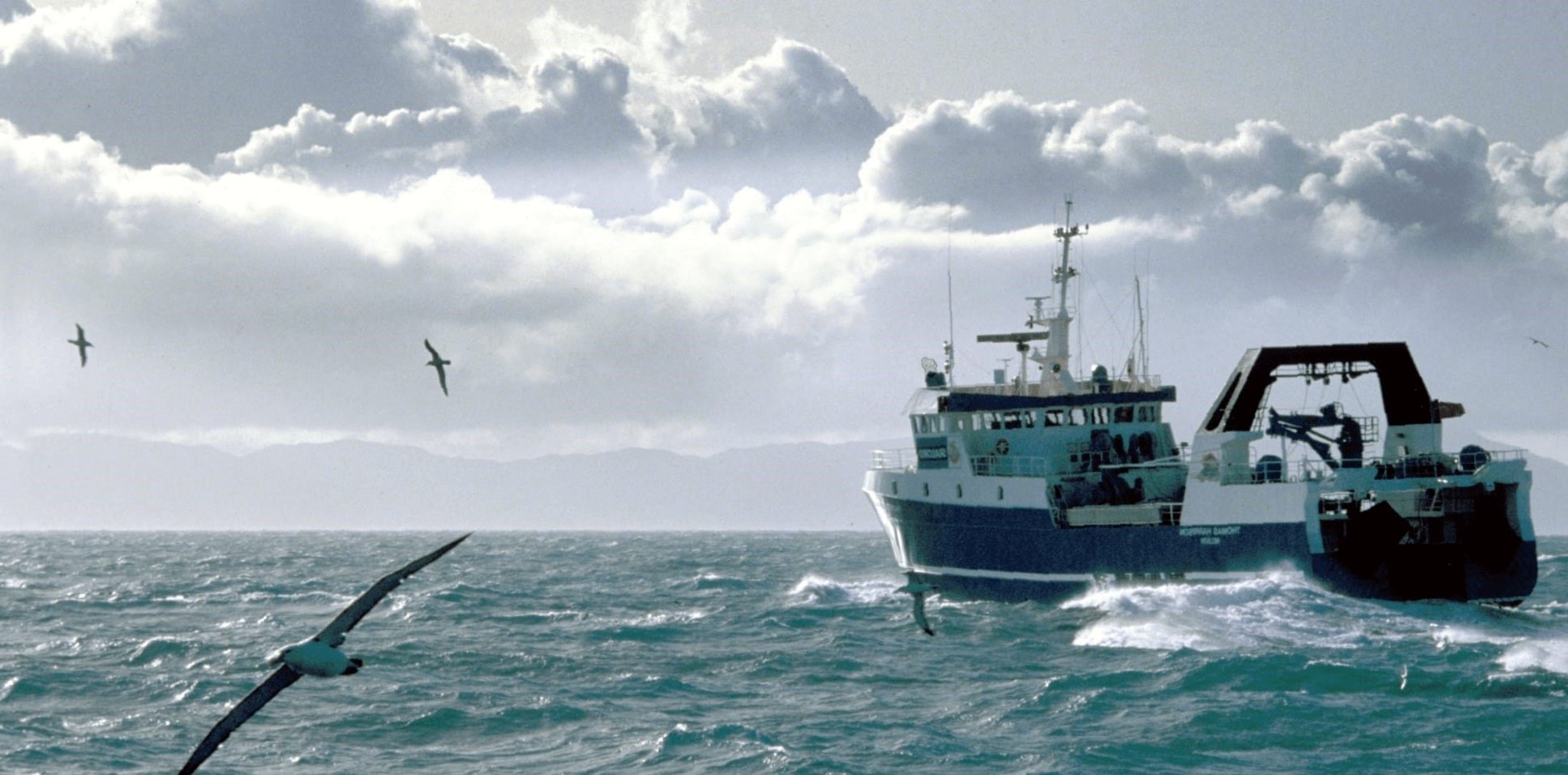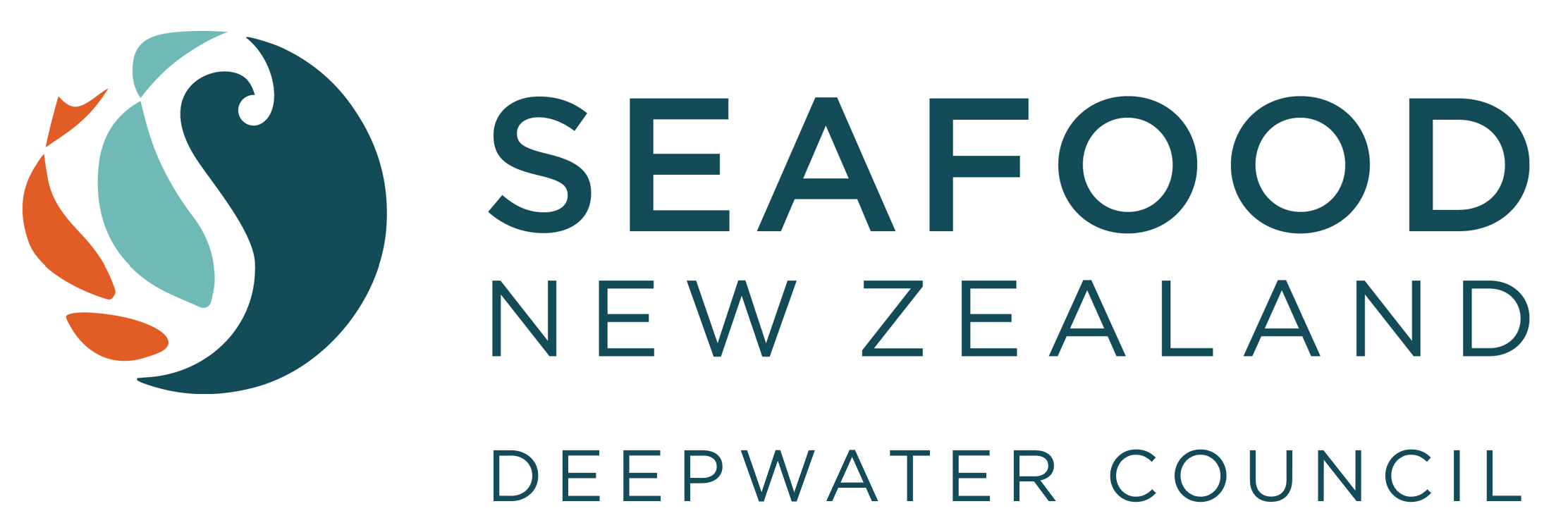
Fisheries management
New Zealand became one of only two fishing jurisdictions to achieve a top ranking in a review of fisheries management systems around the world. In a second study, New Zealand was ranked first for managing marine resources among the 53 major fishing nations that were assessed.
The following management tools are a selection of those used to ensure New Zealand’s fish stocks and fisheries remain healthy and productive.
Science-Based Decisions
Fisheries management decisions are based on the best available fisheries science.
New Zealand's Ministry for Primary Industries employs fisheries managers to advise the Minister on the appropriate level at which to set catch allowances and fisheries scientists to oversee the collection and analyses of scientific information to inform management advice. Fisheries managers and scientists work closely with quota owners to ensure management advice provided to the Minister is consistent with the best available science. It is the Minister's responsibility to make final decisions based on this advice.
Regular stock assessments are undertaken to estimate stock size and numbers. Scientific studies assess the biology of the fish - what they eat, how they reproduce, how quickly they grow. From these, we can estimate future stock sizes under different catch levels, analyse whether these are within sustainable limits, and inform sustainable catch reviews.
Partnerships & Collaboration
The saying "two heads are better than one" really is true and can be seen to strengthen decision-making and outcomes. The culture of cooperation and collaboration in New Zealand enables shared expertise and objectives.
Because we have a shared goal of sustainable utilisation with the Ministry for Primary Industries, we have entered into a formal partnership.
We also work closely with the Department of Conservation and with environmental non-governmental organisations, and actively participate in international forums including the Prince of Wales International Sustainability Unit (Marine Programme) and Association for Sustainable Fisheries.
Adopting this best practice approach helps ensure New Zealand's fisheries management keeps its place at the forefront of fisheries management internationally.
Jim Anderton - Minister for Fisheries 2005-2008
Compliance & Enforcement
The Ministry for Primary Industries maintains a comprehensive compliance programme. The activities of all deepwater vessels are monitored and verified to ensure compliance with regulations and industry-agreed operating procedures.
All trawlers over 28m are required by law to be part of the Vessel Monitoring System which, through satellite telemetry, enables the Ministry to monitor vessel location at all times and all commercial catches of quota species must be reported and balanced against quota.
If commercial fishermen breach regulations they face prosecution and severe penalties – including having their vessels confiscated.
Quota Management System
The Quota Management System is the overall framework for managing New Zealand fisheries. Introduced in 1986, it ensures the long-term sustainability of our fish stocks, the health of our marine ecosystems, and the gainful employment of over 26,000 New Zealanders.
The Ministry for Primary Industries is responsible for managing this framework, with the Minister setting annual catch limits for all quota species.
It is one of the most extensive quota-based fisheries management systems in the world, with over 100 species or species complexes managed within this framework.
For more detail on the Quota Management System, download this paper.
